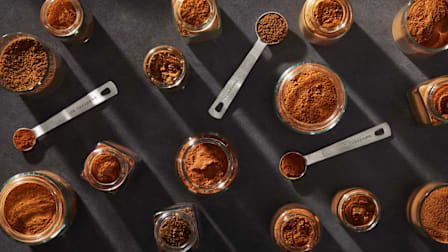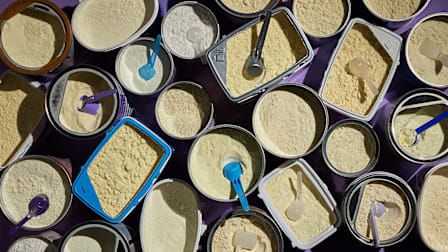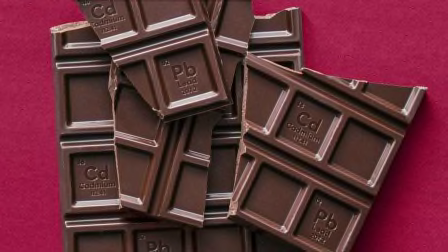The FDA said that while it had no direct evidence that tara flour caused the outbreak, the event prompted the agency to examine how it regulates the ingredient more closely, and ultimately determine that it should not be allowed in food.
Brian Ronholm, Consumer Reports’ director of food policy, is not surprised by the FDA’s action but wishes the agency had acted sooner. “It’s disappointing that it took so much time and hundreds of illnesses for the FDA to reach this conclusion,” he says. “This case exposes a gap in our regulatory system that allows for unapproved food additives and chemicals to be in the marketplace with virtually no oversight.”
The Canadian government determined in September 2023 that tara flour should not be used in food.
The FDA says it is not aware of any products now sold in the U.S. that contain tara flour or of any manufacturer developing any products with it.
Tara flour should not be confused with tara gum, a different ingredient from the same plant, says Amy Keating, who helps lead CR’s food nutrition program. Tara gum is commonly used as a thickener or stabilizer in ice cream and some other foods and is not known to pose any health risks. Tara flour should also not be confused with taro flour, which is made from an entirely different plant native to Asia and the Pacific Islands.
Technically, the FDA refused to recognize tara flour as a GRAS ingredient—because it did not meet the “generally recognized as safe” (or GRAS) standard.
“To get a GRAS designation, an ingredient such as flavoring or a spice must be recognized in the food safety community as safe, as well as have scientific evidence to demonstrate its safety,” says Michael Hansen, PhD, senior food scientist at Consumer Reports. “In this case, tara flour failed because they provided no evidence to demonstrate its safety.”
The FDA’s decision sends a strong message to the food importers that they can’t just rely on a foreign manufacturer to say their product is safe, says Bill Marler, a Seattle attorney who focuses on food safety cases and represents more than 350 people who said they were harmed by tara flour.
“The FDA’s determination of tara flour as an adulterated ingredient is a damn good thing for consumers,” Marler says.





















